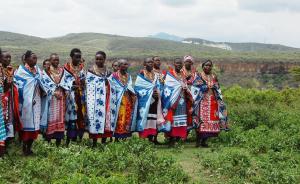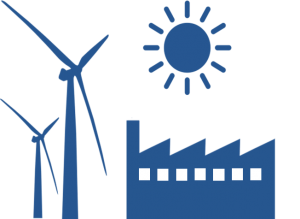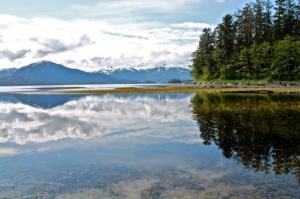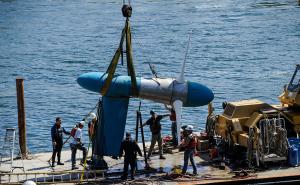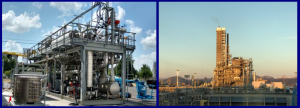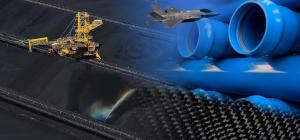April 11th, 2018
In 2017, representatives of the Ngati Tahu Land Owner Collective (LoC) and Contact Energy volunteered as participants in an exchange program with the Kenya Electricity Generating Company (KenGen) on Community Engagement in Geothermal Development. KenGen, which plans to develop 2,500 MW of new geothermal generation, has faced project delays and cancelations due to objections raised by affected communities. Recognizing the need to be more proactive in co
March 28th, 2018
Webcasting is available for this event!
Hear leading experts on grid reliability speak about the challenges encountered in Europe and how the U.S. plans to deal with those challenges in its quest to integrate increasing amounts of clean--but intermittent--renewable generation into the grid.
March 13th, 2018
During Earth’s earliest days, algae and other single cell organisms launched a successful CO2 mitigation campaign that ultimately made human life possible. But are these tiny carbon fighters relevant to today’s climate conversation? Heralded by proponents, dismissed by naysayers, algae may not cure our carbon conundrum but could be a key enabler for carbon capture and use (CCU).
November 20th, 2017
Imagine if all the things you could do to lower carbon footprint were rewarded with funds deposited into a retirement account! Guest Speaker, Jason Makansi, President – Pearl Street will introduce the concept, describe the four broad steps required and provide simple examples of how to implement the concept.
October 18th, 2017
The outlook will be presented by:
Ms. Elisabeth Tørstad, CEO of DNV GL Oil & Gas
For a preview, please check out this short video presentation.
August 21st, 2017
This briefing will provide the current status of carbon capture, utilization and sequestration technology R&D in South Korea. The presentation involves CCUS related R&D budget investments (in terms of scale, allocation and portfolio), main R&D projects, and international cooperation activities. Furthermore, the implementation status of carbon capture, storage, utilization and EOR projects which are operated by institutions and electric power companies will be provided.
August 15th, 2017
Couldn't make the event? You can still check it out via NexusMedia!
May 23rd, 2017
The United States is endowed with extraordinary riches: our nation holds more than a quarter of the world's coal reserves. Regrettably, this wealth is severely undervalued. Although coal has catalyzed industrial development in the 19th and early 20th century as a ready source of energy, chemicals, and materials, over the past decades its crucial role has been forgotten, and the coal became essentially synonymous with production of low-cost electricity. The path to realization of coal's true value lies in the development of new technologies.
Pages

